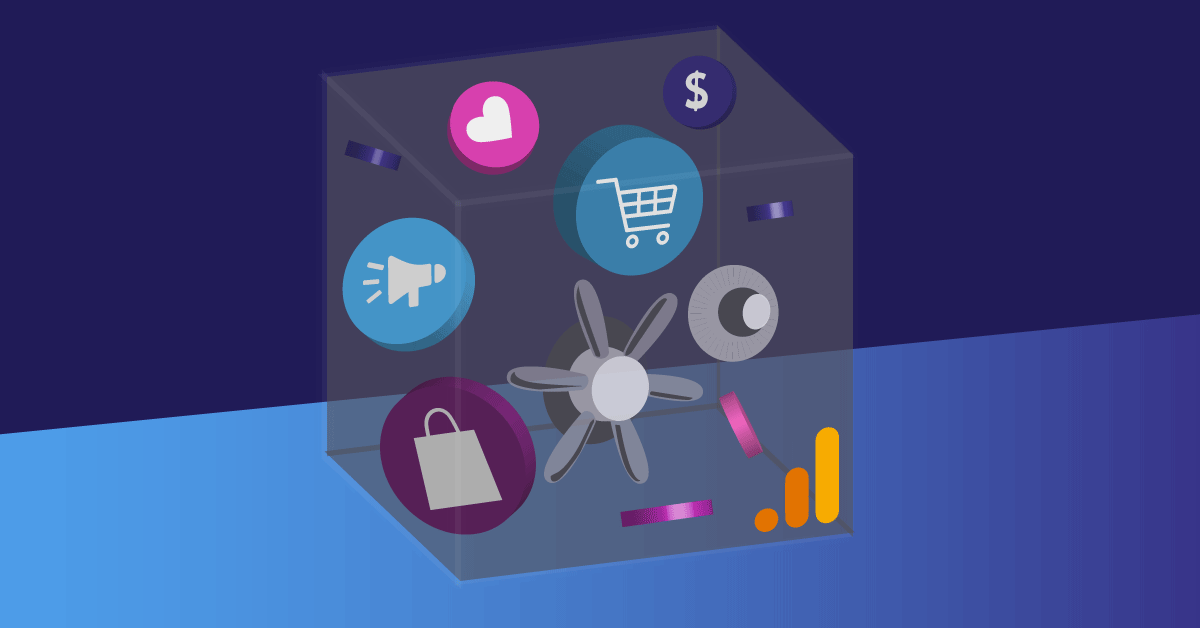Comprehending the Guidelines: What Data Does Google Analytics Prohibit Collecting?
Mastering the Art of Overcoming Data Collection Limitations in Google Analytics for Better Decision-Making
In the world of digital analytics, the ability to remove purposeful insights from information is paramount for educated decision-making. Google Analytics stands as an effective device for services looking for to comprehend customer habits, track conversions, and maximize their on-line visibility. Information collection limitations within this system can hinder the accuracy and deepness of the information collected. What Data Does Google Analytics Prohibit Collecting?. To really harness the capacity of Google Analytics for strategic decision-making, grasping the art of getting rid of these constraints is essential. By utilizing innovative methods and strategic strategies, companies can raise their information quality, unlock hidden insights, and lead the way for even more informed and effective choices.
Data High Quality Analysis
Information high quality evaluation includes evaluating different facets such as accuracy, completeness, consistency, and timeliness of the information. One key aspect to think about is information accuracy, which refers to just how well the information shows the true worths of the metrics being gauged.
Efficiency of data is an additional vital factor in evaluating data quality. Consistency checks are also essential in data top quality evaluation to identify any type of discrepancies or abnormalities within the information set. By prioritizing information top quality evaluation in Google Analytics, businesses can improve the integrity of their analytics reports and make even more enlightened choices based on exact understandings.
Advanced Monitoring Strategies
Making use of innovative monitoring methods in Google Analytics can substantially improve the deepness and granularity of information gathered for more detailed evaluation and understandings. One such method is event monitoring, which enables the tracking of certain interactions on a web site, like click switches, downloads of documents, or video clip sights. By implementing event monitoring, businesses can obtain a deeper understanding of user habits and engagement with their online content.
Additionally, custom measurements and metrics give a method to tailor Google Analytics to details business needs. Custom dimensions allow for the development of new data factors, such as individual functions or customer sectors, while custom metrics make it possible for the tracking of special performance indications, like profits per customer or ordinary order worth.
Moreover, the use of Google Tag Supervisor can enhance the application of tracking codes and tags throughout a website, making it less complicated to take care of and release sophisticated tracking setups. By utilizing these sophisticated tracking techniques, businesses can open useful insights and optimize their on the internet methods for far better decision-making.
Personalized Measurement Application
To enhance the depth of data gathered in Google Analytics past innovative monitoring techniques like event monitoring, organizations can implement customized dimensions for even more tailored understandings. Personalized measurements allow services to define and gather details information points that pertain to their distinct goals and goals (What Data Does Google Analytics Prohibit Collecting?). By appointing custom-made dimensions to various aspects on a web site, such as user interactions, demographics, or session information, businesses can obtain a much more granular understanding of how individuals involve with their on the internet residential properties

Attribution Modeling Approaches
Reliable attribution modeling is critical for recognizing the impact of various advertising and marketing channels on conversion courses. By using the appropriate attribution version, companies can accurately attribute conversions to the suitable touchpoints along the client journey. One typical acknowledgment version is the Last Interaction design, which offers debt for a conversion to the last touchpoint a customer interacted with before converting. While this version is simple and easy to carry out, it usually oversimplifies the client trip, ignoring the impact of other touchpoints that contributed to the conversion.

Data Tasting Evasion
When handling big quantities of information in Google Analytics, getting rid of data tasting is necessary to make certain precise insights are derived for educated decision-making. Information sampling takes place when Google Analytics estimates patterns in information instead than evaluating the complete dataset, potentially bring about skewed results. To avoid information sampling, one effective approach is to lower the date array being examined. By concentrating on shorter amount of time, the probability of experiencing tasted data reductions, providing a more specific representation of customer habits. Additionally, making use of Google Analytics 360, the costs version of the platform, can aid mitigate tasting as it enables for greater data thresholds prior to sampling kicks in. Carrying out filters to limit the information being analyzed can likewise assist in preventing tasting problems. By taking these aggressive steps to decrease data tasting, businesses can draw out much more accurate insights from Google Analytics, leading to far better decision-making and boosted overall efficiency.
Verdict
Finally, grasping the art of getting over information collection limitations in Google Analytics is essential for making notified decisions. By performing a detailed data quality analysis, implementing advanced tracking strategies, making use of personalized dimensions, employing acknowledgment modeling methods, and staying clear of data sampling, services can ensure that they have precise and trustworthy information to base their choices on. This will ultimately cause a lot more reliable methods and far better results for the company.
